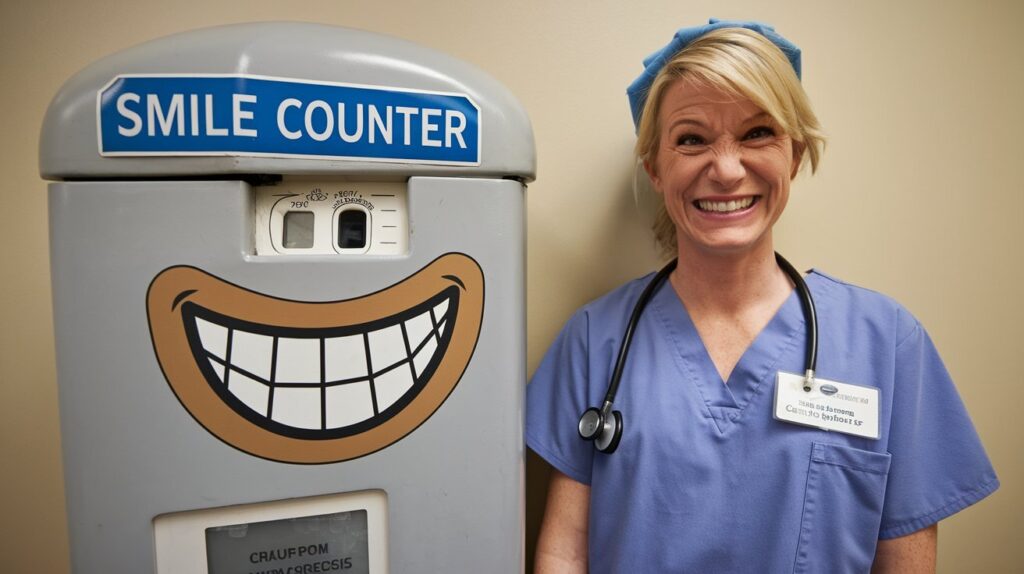WHO Introduces Revolutionary 27-Step Plan to Solve Healthcare Worker Burnout in Just 5 Years

WHO Introduces Revolutionary 27-Step Plan to Solve Healthcare Worker Burnout in Just 5 Years
In a groundbreaking announcement on World Mental Health Day, the World Health Organization (WHO) has unveiled its latest healthcare worker burnout solutions: a comprehensive 27-step plan guaranteed to eliminate burnout in just five short years.
The Groundbreaking Solution No One Asked For
WHO spokesperson Ray Chambers enthusiastically presented the plan, stating, “We’ve listened to the concerns of healthcare workers, and we’re confident that this intricate, time-consuming strategy is exactly what they need right now.”
Key Features of the Plan That Will Definitely Work This Time
Mandatory Meditation Mondays
Every healthcare worker will be required to attend a four-hour meditation session each Monday, conveniently scheduled during their lunch break and first three hours of their shift.

Quarterly Happiness Quotas
Hospitals will implement strict happiness quotas, requiring workers to smile at least 37 times per day or face disciplinary action.
Expert Opinions on This Foolproof Strategy
We reached out to Adam S. Marks, CFO of Politically Incorrect Social Responsibility, for his thoughts on the WHO’s new plan. He responded, “Well, well, well! Looks like the WHO’s finally cracked the code on healthcare worker burnout solutions.
Nothing says ‘we care about your well-being’ like a 27-step plan that’ll take longer to implement than most medical degrees. I bet those overworked nurses can’t wait to add ‘smile quota management’ to their daily tasks. Maybe we should start selling ‘Burnout Bingo’ cards – first one to complete all 27 steps wins a paid vacation… to the hospital as a patient!”

As the world eagerly awaits the implementation of this revolutionary strategy, healthcare workers can rest easy knowing that their mental health is in the capable hands of bureaucrats who have clearly never set foot in a hospital during a pandemic.






Responses